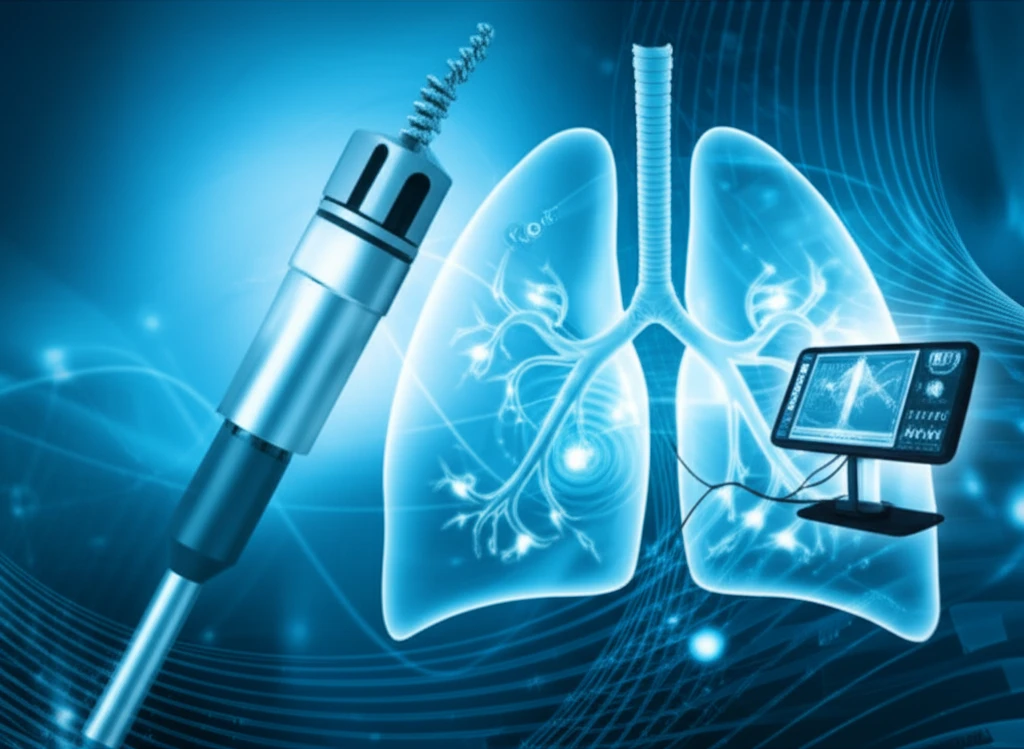
Lung Puncture Guidance: Is Tech Always Best?
"A new study questions whether advanced imaging techniques improve outcomes in peripheral lung biopsies compared to traditional methods."
When it comes to diagnosing lung issues, getting a tissue sample is often crucial. For peripheral lung lesions, doctors frequently use bronchoscopy to obtain these samples. The question is, what's the best way to guide the needle to the right spot?
Traditionally, conventional bronchoscopy with fine needle aspiration has been the go-to method. However, newer technologies like endobronchial ultrasound (EBUS) and electromagnetic navigation (EMN) have emerged, promising greater precision. But do these advanced techniques really improve the odds of a successful biopsy?
A recent study, published in the American Journal of Respiratory and Critical Care Medicine, challenges the assumption that newer is always better. The researchers compared the diagnostic yield of different guidance methods in peripheral lung biopsies.
The Study: Old vs. New

The study analyzed data from 581 bronchoscopies performed on patients with unclear peripheral lung lesions. Researchers looked at how different puncture guidance techniques affected the diagnostic yield – in other words, how often the biopsy successfully provided a diagnosis.
- r-EBUS: This technique uses ultrasound at the tip of the bronchoscope to visualize the lung tissue and guide the needle.
- EMN: This method uses electromagnetic fields to create a 3D map of the lungs, allowing doctors to plan and guide the biopsy.
The Verdict: Stick to the Basics (For Now)
The study's authors concluded that, in their retrospective analysis, electromagnetic and ultrasound-guided navigation systems didn't improve outcomes compared to traditional methods for peripheral lung biopsies.
In fact, the classic combination of bronchoscopy with fine-needle aspiration under fluoroscopic guidance (a type of X-ray imaging) still appears to be the most effective approach. The researchers suggest sticking with this technique until further prospective studies provide more nuanced insights.
It's important to remember that this study was retrospective, meaning it looked back at data that had already been collected. More research is needed to confirm these findings and explore the potential benefits of newer technologies in specific situations. But for now, the traditional approach remains a solid choice.
